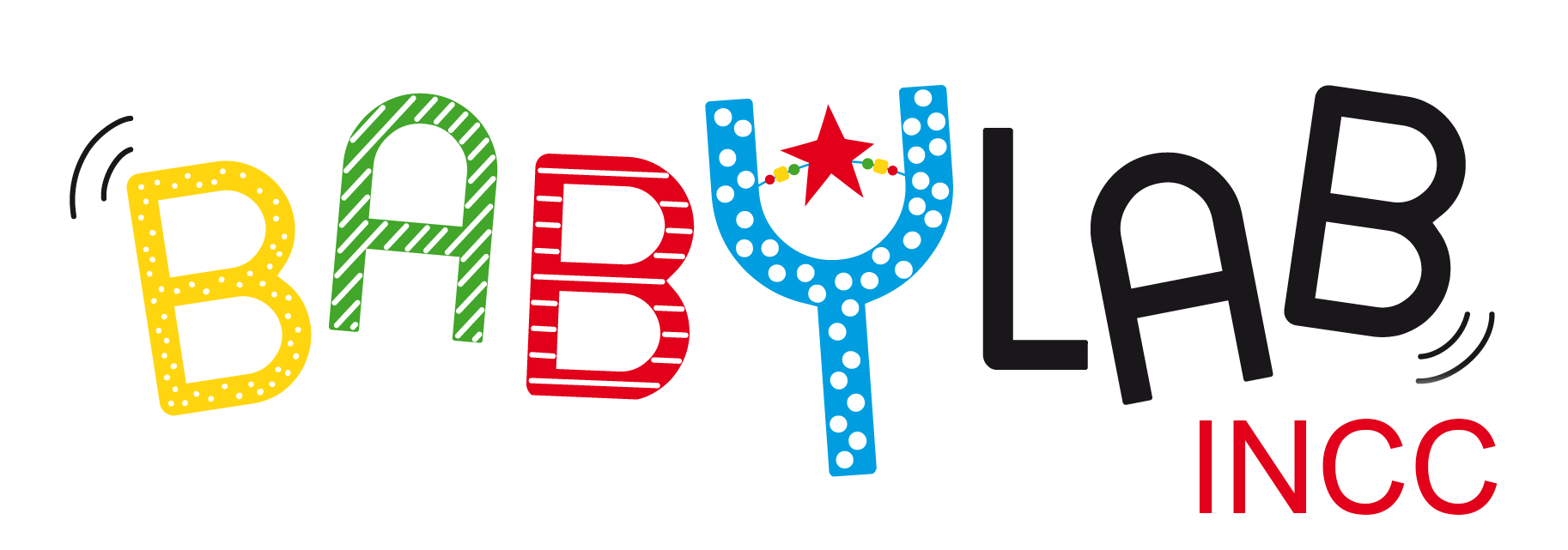Maria Dolores (Lola) de Hevia
Research Scientist – CNRS

My research seeks to understand what are the cognitive primitives humans possess from birth/infancy, and how are these later modulated through symbolic knowledge and education. I use primarily behavioral methods to study cognitive abilities in newborns, infants, children, and adults.
Current research investigates the nature of magnitude representations (like number, space and time), the relationships to one another, and how they are structured in the human mind/brain. Also, I’m interested in the origins and functional properties of the human propensity to use a spatial medium to represent non-spatial concepts, such as number and other sequences, and how spatial properties can impact serial learning early in development.
Relevant links: Interactions between space, time and number
Ongoing projects
ManyNumbers – an international project on learning to count and numbers
How do children eventually manage to confer numerical meaning to number words and to counting? In particular, does understanding number words build on the type of early numerical skills observed in infants? These are the questions that this international project seeks to answer.

Project team lead
Véronique Izard
Mental Space in Memory through Adversarial Collaboration: Exploring the Origins and the Developmental Course – SPACEODC
Human beings tend to spontaneously use space to think, represent externally (e.g. calendars) and even talk about a variety of non-spatial domains (e.g. time). This ability is functional from birth, how it is modulated throughout the first years of life, what are its behavioral signatures and underlying biases. Finally, we will examine whether, and how, this capacity has an impact on learning in different information domains, from birth to adulthood.

Project team lead
Maria Dolores (Lola) de Hevia
The origins and development of the mental timeline
The ability to represent abstract concepts sets humans apart from all other animals. For example, although we cannot see or touch time, we possess rich temporal representations. What enables this cognitive feat?

Project collaborator
Maria Dolores (Lola) de Hevia
Geometries Return
Building on a previous ANR project (“Geometries”), this new project aims at characterizing the geometric content of form representations across a variety of formats (2D, 3D), presentation modalities (vision, touch), ages (infants, children, adults), and visual experience (sighted and blind participants).

Project team lead
Véronique Izard
Origin of a numerical mental line
In adults, the existence of a mental number line (the representation of smaller quantities on the left and larger quantities on the right) has been demonstrated. But what about newborns?

Project team lead
Maria Dolores (Lola) de Hevia
Selected Publications
– de Hevia, M.D. 2021. How the human mind grounds numerical quantities on space. Child Development Perspectives, 15, 44-50.
– de Hevia M.D, Veggiotti L, Streri A, Bonn C. 2017. At birth humans associate “few” with left and “many” with right. Current Biology, 27, 3879–3884.e2.
– de Hevia, M.D., Izard, V., Coubart, A., Spelke, E.S, & Streri, A. (2014). Representations of space, time, and number in newborn infants. Proceedings of the National Academy of Sciences, 11, 4809–4813.
– de Hevia, M.D., & Spelke, E.S. (2010). “Number-space mapping in human infants”. Psychological Science, 21, 653-660.
– de Hevia, M.D., & Spelke, E.S. (2009). “Spontaneous mapping of number and space in adults and young children”. Cognition, 110, 198-207.
